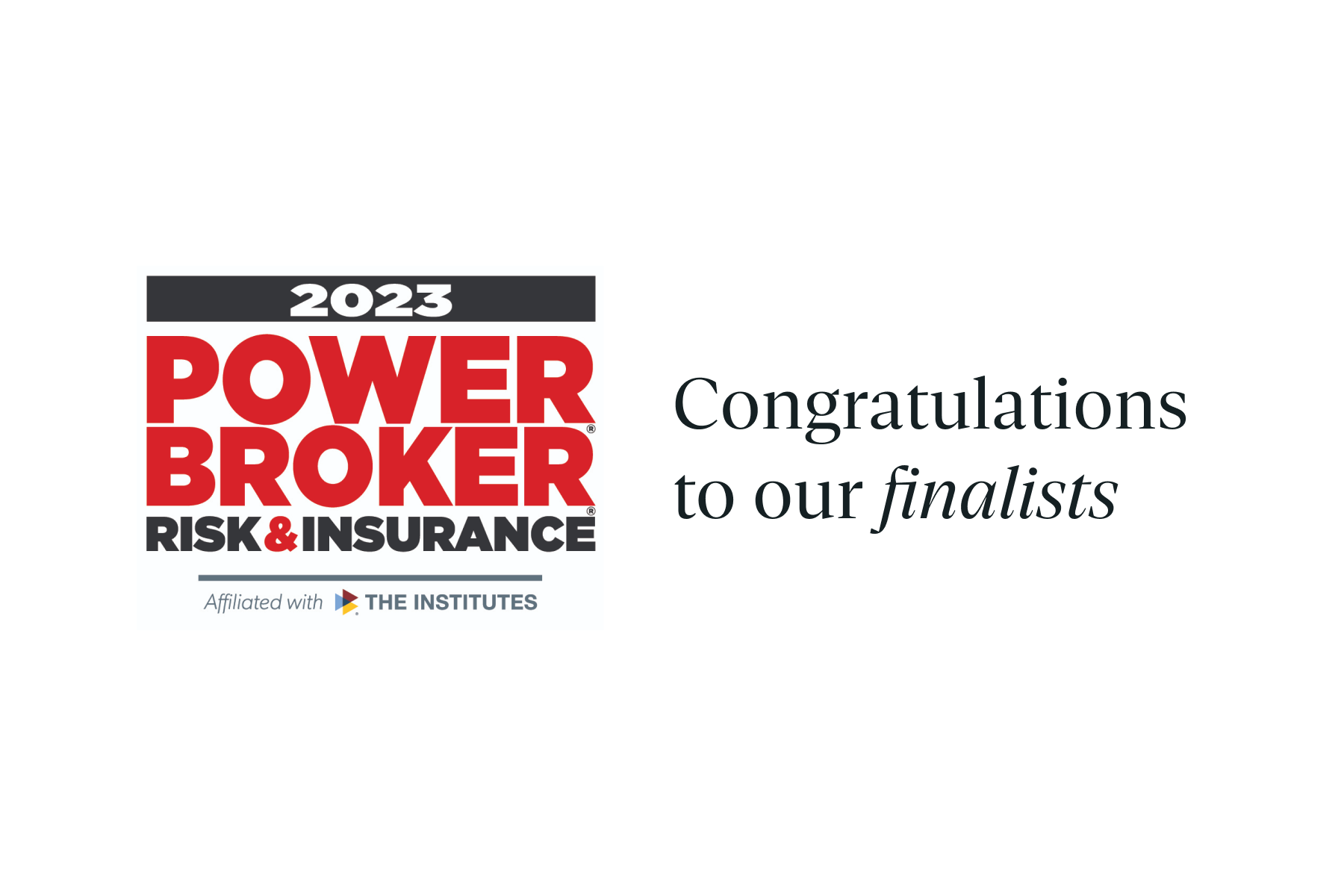Four Essential Components for Manufacturing Risk-Management Programs
By Phil Huffman | Published May 9, 2024

Manufacturers are the core of the global economy and, today, they face more risks than ever, including cyber threats, supply-chain disruption, eco-terrorism, climate catastrophes, war, and a host of other factors that threaten production. While no organization can see around every corner, those that make the effort to identify, connect, and counter risks will win in this new—and increasingly complex—normal.
Despite the clear and present dangers, many companies fail to prioritize risk-management programs, relying solely on traditional insurance coverage, a strategy that falls short in today's volatile environment. Not to mention that, in the current insurance landscape, many insurers demand a risk-management plan to give you desirable coverage…or to cover you at all.
As an insurance producer who helps a variety of manufacturing clients build out risk-management programs, I’ll share four components that every executive team should consider as they work to protect the long-term viability of their business.
Build a culture of safety around the reality of risk
Business operators are inherent risk takers. Without risk, your company can’t grow and you can’t transform your industry. Risk management is a function of understanding what those risks are and aligning your internal stakeholders on mitigation—from the boardroom to the factory floor.
Begin with buy-in from your board of directors and executive team. Their support is a must for getting HR, safety teams, directors of insurance, legal, IT, and others committed.Evaluate risks, large and small
One of the best risk-management cultures I’ve encountered wasn’t from a Fortune 500 company, but a privately-held, family-owned business in the Midwest. They committed to educating their entire executive team through annual risk summits, researching scenarios and building out plans. Incredibly, this company worked through pandemic risks two years before COVID-19 emerged.
Working through existing problems, planning for potential future issues (both large and small), mapping out how those events could impact the entirety of your business and its assets, and then executing on whatever those plans are, all while keeping the receipts along the way to demonstrate what you’ve done and are planning to do, is an exhausting approach—but a necessary one.Consider your people, physical assets, balance sheet, and P&L
The foundation of an excellent risk-management program comes from considering four key elements: Your people, your physical assets (such as factories or equipment), your supply chain, and your P&L or ability to produce revenue. You may also consider environmental impacts, investors, creditors, and so on, but these four points are the most critical to evaluate for all companies.
Once you’ve identified assets that could be put at risk, quantify the potential damage. Most sophisticated brokers can perform modeling on your behalf to help you understand the probability and severity of an incident, and whether you’re correctly protected by your insurance.
Next, there are several critical areas to address in terms of risk management implementation:
Training and education, including how you inform employees about the availability of onsite clinics or help them understand the other aspects of on-the-ground safety. Think about what teams should be involved (likely the risk team, safety team, and HR) and how you can reiterate safety throughout the employee lifecycle.
Worker safety programs, which includes safety gear, training, and established boundaries. I always involve carrier partners, welcome their input, and ask what they may offer my clients along the way. This helps carriers feel invested in the process—and it makes sure we have all our bases covered. Many insurers also offer training or assistance with required expenses. Some insurance companies deliver the training or will give you money toward the cost of buying PPE.
Housekeeping standards and knowing who owns different aspects of your risk-management process. Consistent coaching and rewards for good behavior must be employed.
Employee mental health and well-being, promoting a culture where your team can feel safe voicing their opinions and pointing out issues on the shop floor. Leaders who listen and make changes create a safer workplace.
You’ll also need to determine how you’ll measure your success in your risk-management program. A risk-management committee can continue these conversations and create a culture of safety, and your broker can help with implementing effective strategies and quantifying progress towards your desired outcomes.Plan how to regroup after an event
The true test of a risk-management program lies in the aftermath of an event. Companies must be prepared to spring into action. Smaller and middle-market manufacturers will often lean on their broker and insurance company to help them handle the situation. However, organizations will be up running faster after a crisis if they have risk management as a core of their organization.
Whether it's a supply chain disruption, a cyber breach, or a workplace accident, having a well-defined response plan is paramount. In the case that you don’t have a robust risk-management plan before an event, you could face catastrophic loss. If you’re able to recover, you’ll likely need to create a risk-management roadmap to prevent your company from being dropped from your current provider or to regain coverage from a new insurer.
Conclusion
I recently toured a facility with a lobby covered in decades worth of safety awards—it looked like a museum. This display was not just for the benefit of visitors, but a source of pride for the entire organization. Their risk manager beamed as he told me how they just won their eighth President’s Award. Creating a culture like that can go very far in not only improving your relationship to risk, but becoming a better company.
By investing in proactive risk-management measures, companies can not only mitigate potential threats but also enhance the company’s long-term viability and drive sustainable growth. Moreover, when you’re negotiating in the market and trying to find insurance partners who will take your risk onto their balance sheet, you need a very clear picture of all the reasons they should work with you. If you’ve done the work of establishing a risk-management plan, then you’ll get credit for it.

Phil Huffman
Automotive & Manufacturing Leader
Phil Huffman is the Automotive & Manufacturing Leader at Newfront. Specializing in the manufacturing, construction, energy, real estate, technology, and healthcare sectors, he has worked with organizations of all sizes to drive financial impact via risk management programs. Phil is a 2022 Risk & Insurance Rising Star winner.
Connect with Phil


